What is Telemetry? A Comprehensive Guide to Remote Data Collection and Analysis
Telemetry is the practice of providing data from remote systems which are transmitted to receiving hardware for analysis or storage. The current article will provide an analysis of the full understanding of telemetry, its uses, and how it applies to the present society.
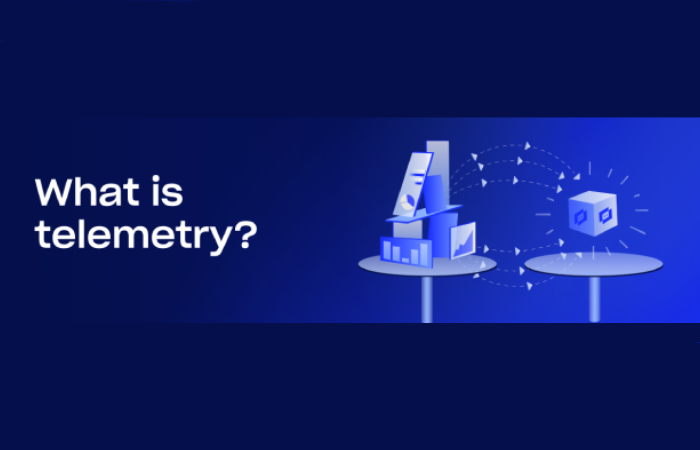
I have discovered the interesting world of telemetry as a specialist in the sphere of remote data collection and analysis and I am eager to share my insights on it. This technology has greatly altered the ways we collect and interpret information in the different branches of industry. The current article will be the one to provide an analysis of the full understanding of telemetry, its uses, and how it applies to the present society.
Introduction to Telemetry
Telemetry is the practice of providing data that is collected from out-of-reach or remote systems which are then transmitted to receiving hardware for analysis or storage. This technology is our secret weapon, as it allows us to monitor and analyze data coming from a remote distance, thus helping us make quick decisions in different fields.
In telemetry, the main emphasis is on the ability of the system to give out precise and timely data even from very difficult to get to or almost impossible to supervise points and systems.
How Telemetry Works
The background of telemetry incorporates three essential elements:
-
Sensors or measuring pieces that gather data
-
Data transmission media which send the data
-
Receiving devices which do the processing and analysis
Initial getting is done by sensors, data is then converted to some transmitter-friendly format, and finally transmitted through methods such as radio waves, satellite communications, or cellular networks. At the receiving point, it takes this data, mostly through dedicated software, in order to interpret and show it in a way that becomes really useful.
Applications of Telemetry
Aerospace
In the aviation sector, telemetrics find various applications including sending data about the condition of the aircraft and spacecraft back to the control center. The data include such things as the condition of the engines, fuel consumption, and the status of the atmospheric conditions.
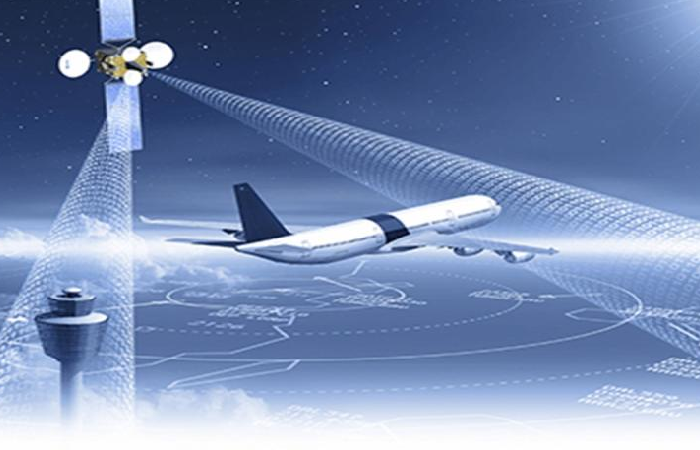
Telemetry systems during space missions for example, transmit data about the space vehicle's position, velocity, and its expected condition to the Earth control center.
Automotive
Automobile telemetry can be applied to different fields like vehicle tracking, fleet management, and performance monitoring. Formula 1 teams use up-to-the-second telemetry to provide software engineers with necessary data so that they can make quick decisions in the course of races.
In everyday vehicles, telemetry is used in systems like OnStar to provide emergency services and vehicle diagnostics.
Environmental Monitoring
Environment science is another field where telemetrics have gained status as an invaluable asset. One of the primary reasons why this is because of the weather forecast which is made possible by this technology. Wild animals' actions and ecological variations are indeed the two other functions in which we are made to commonly use the sensors.
We, for instance, employ sensors in different remote sites watching temperatures, relative humidity, carbon dioxide levels, animal behavior, and even trees. These data help us get a clearer understanding of the process of climate change, predict the natural disasters and control wildlife populations more efficiently.
Healthcare
Telemetry in the medical sector are a result of technological breakthroughs that enable doctors to monitor patients from a distance, thus minimizing the patients' hospital stay and costs. The wearable gadgets are connected by using telemetry technology to transmit the patient's vital signs to the practitioners thus giving them an opportunity to see them in real-time.

This technological is most beneficial for patients especially those having chronic diseases: it can even generate early intervention and personalized treatment plans.
Industrial Applications
The machinery is exposed to the use of telemetry technology for predictive maintenance, establishing production standards, and continuous process optimization among others. For instance, a machine's sensor may inform maintenance of probable risk to failure before such a problem occurs thereby reducing unavailability and maintenance costs.
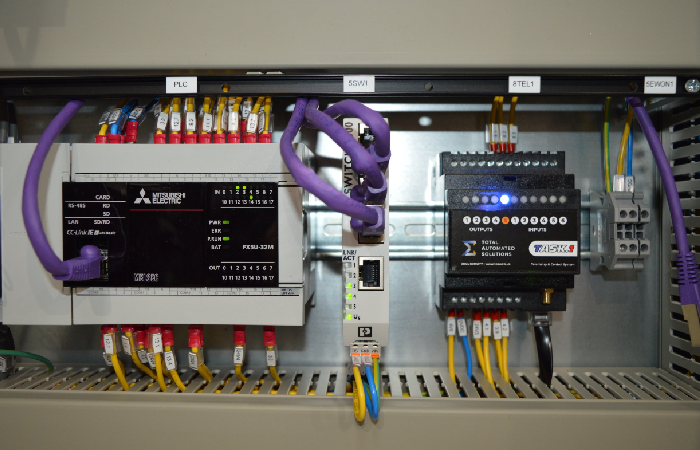
Oil and gas companies use telemetry to monitor pipeline integrity and spot leaks, which leads to both safety and efficiency in the system.
IT Networking
In the IT industry, telemetrics are of crucial importance for network monitoring and management. It helps in the identification of performance issues, susceptibility to security threats, and resource utilization in larger complex systems. Providers of cloud systems use telemetry in order to assure the reliability of the services and to balance resource allocation for their clients.
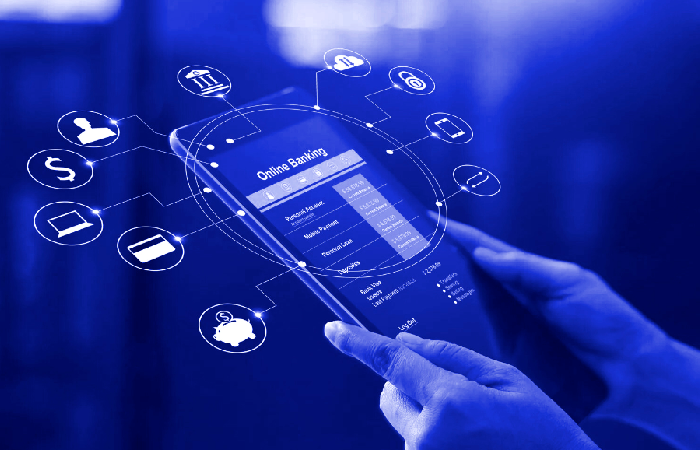
The Importance of Telemetry Data
Telemetry data is the lifeblood that influences decisions in almost all the different sectors. It gives real-time information, hence we can become more proactive in problem-solving and correcting errors. Through analysis of the telemetry data, we have:
-
Identified trends and patterns
-
Forecasted and prevented failures
-
Optimized resource allocation
-
Improved safety and security
-
Facilitated operational efficiency
Challenges and Limitations
Telemetry has various merits, but it along with do mostly have disadvantages too, including the following points:
-
The security and privacy of the data
-
The data sent may not reach the placement due to various factors like failure in a harsh environment
-
The costs required in the acquisition, maintenance, and installation of such systems
-
The analysis of such complex data
-
The tasks of solving these problems are essential for the development and the implementation of skilled in the technology of telemetry.
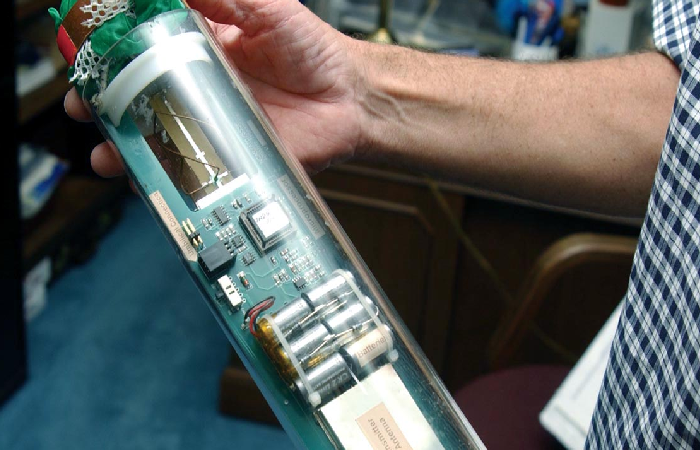
The Future of Telemetry
The horizons of the telemetric world look bright, with the following trends gaining popularity now:
-
Integration of artificial intelligence for enhanced analysis of data
-
The ongoing construction of the web of the network with the aid of the Internet of Things (IoT) devices to gather data from the environment
-
Improved sensor size to allow less invasive health checks
-
5G technology may bring excellent data transmission speeds
Thanks to these trends, the improvement of the present telemetry systems is inevitable, and hence these systems will be able to be used in more places and more effectively.
Conclusion
What was once an option has now become a must-have technology? It is telemetry which opens the opportunity for real-time, remote data collection and analysis technology to flourish. Time has witnessed the continuous development of technology that brought the invention of telemetry.
Now such technology has been adopted in every sector from healthcare, meteorology, to ecstasy research and these are the instances when technology is profusely appreciated.
With a guarantee that technology will never cease its transporation of change, telemetry leaves other applications in space exploration out to pale in synonymy with the bygone era.
In the near future, this technology will be rooted in our daily lives and become a means of sharing ideas between us in medicine and space exploration, for instance.




